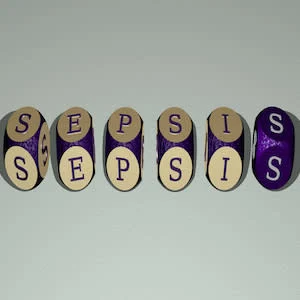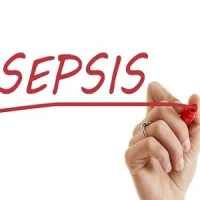Incidence of sepsis and septic shock has been increasing consistently, and the morbidity and mortality associated with this is an area of concern. Mortality from sepsis and septic shock is quite high, ranging between 20 to 40%. Guidelines for sepsis and septic shock recommend the application of broad-spectrum antibiotics. There is clinical evidence that time to effective antibiotic therapy could reduce patient mortality.
According to the Third International Consensus Definitions for Sepsis and Septic Shock, sepsis is a life-threatening organ dysfunction caused by a dysregulated host response to infection. Sepsis without a microbiologically documented infection is called culture-negative sepsis/septic shock. The proportion of culture-negative cases is between 28 to 49% among all patients with sepsis.
Culture-negative sepsis poses significant challenges to clinicians and microbiologists. It differs fundamentally from culture-positive sepsis or septic shock in terms of pathophysiology, epidemiology, and treatment responses.
A meta-analysis was performed to compare the outcomes of culture-negative and culture-positive sepsis or septic shock. Seven studies involving 22,655 patients with sepsis or septic shock were included. The primary outcome was all-cause mortality, which included hospital mortality, 28-day mortality and 90-day mortality. Clinically relevant secondary outcomes included ICU length of stay, hospital length of stay, mechanical ventilation requirements, mechanical ventilation duration and renal replacement requirements.
Findings of the study show that only about 40.1% of patients with sepsis/septic shock had a culture-positive infection. There was no statistically significant difference in all-cause mortality between the culture-negative group and the culture-positive group. There was also no statistically significant difference in the ICU length of stay, mechanical ventilation requirements, and renal replacement requirements between the two groups. The hospital length of stay was longer in the culture-positive group compared to the culture-negative group. The mechanical ventilation duration was also longer in the culture-positive group than in the culture-negative group. Culture-negative and culture-positive patients had mostly similar risk factors for death.
Overall, study findings show that culture positivity or negativity was not associated with mortality of sepsis or septic shock patients. However, it is important to follow the Surviving Sepsis Campaign guidelines, which recommend early administration of broad-spectrum antibiotics to improve outcomes in both culture-negative and culture-positive sepsis. Every hour of delay in the administration of antibiotics can result in increased mortality.
Source: Critical Care
Image Credit: iStock










